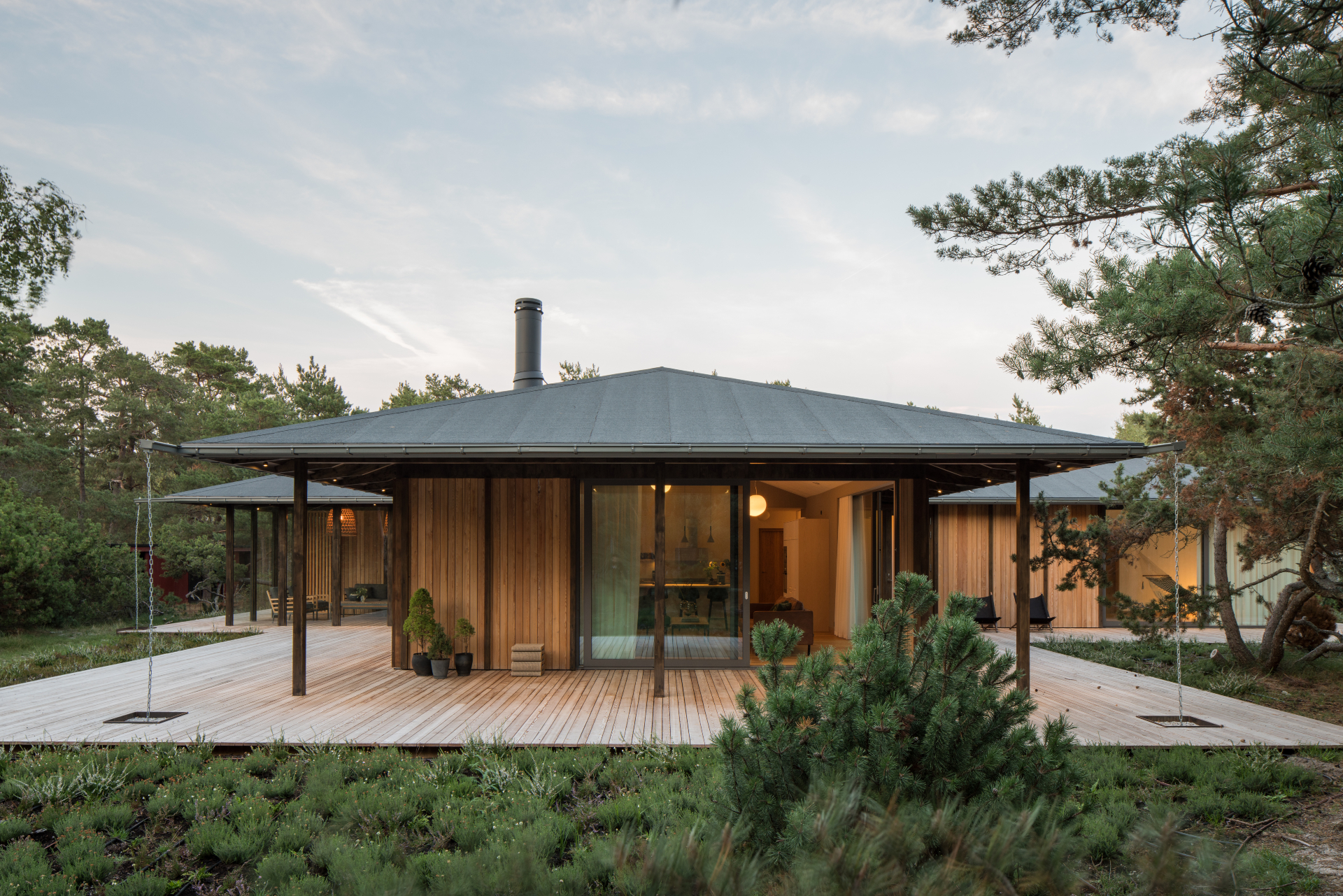
‘Typology-wise, we wanted to move out of our comfort zone,’ says the Lund-based architect Johan Sundberg of the summer home he built for his clients, a young family of four. ‘We wanted to see where the Japanese courtyard house would take us if we used simple Swedish carpentry and techniques.’
The result is, on every front, a beguiling hybrid, where the parts easily reveal their provenance, but the sum of those parts is what Sundberg describes as, tongue firmly in cheek, ‘probably sacrilegious’.
Set in Ljunghusen, a bucolic swathe of pine and dunes in south-west Sweden much favoured by locals for building their summer homes, Sommarhus T – with its timber frame clad with Siberian larch, and the interiors lined with sweet spruce – is a careful study in functionality and form.
For starters, the plan is dictated by the letter T, a conscious decision by Sundberg to deviate from the quotidian L-shaped home usually favoured by Swedish and Danish mid-century design canons.
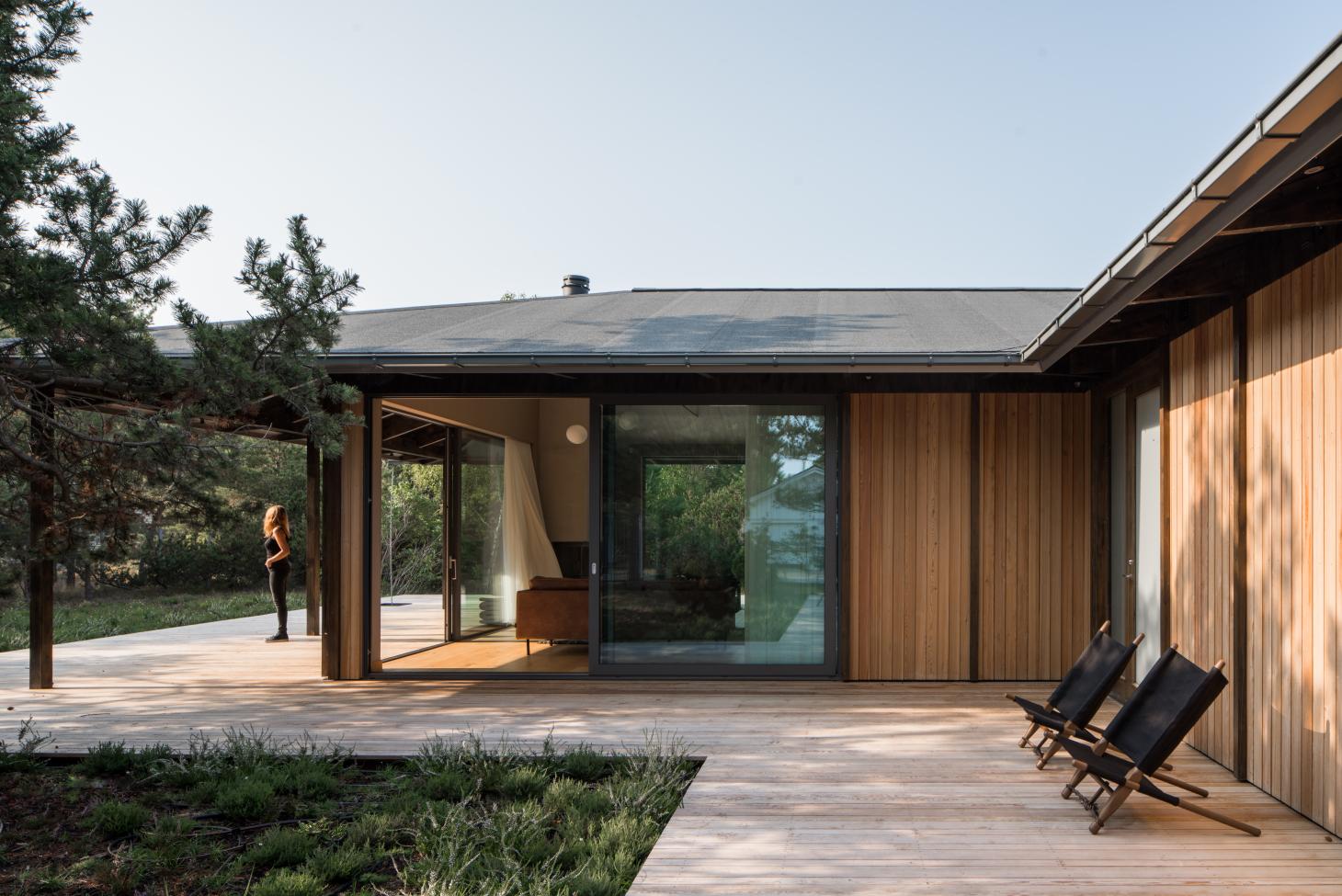
The house is set in Ljunghusen, a green part of south-west Sweden that is a popular vacation spot.
‘I always start with the site, the natural elements around it, my understanding of the dynamics of the family, and the atmosphere we want to create for them,’ Sundberg explains. ‘Here, we laid out the rooms, the sightlines, the structure, and the materials around the T-shape to create a series of spaces and moods.’
Taking into account the path of the summer sun, the T-form yields, in effect, two courtyards, one in the east, which contains bedrooms and living spaces, and one in the west, which holds a garden and the parents’ bedroom.
Wide eaves and verandas wrap around the house, providing year-round shelter, while a low pine forest shields the outdoor dining area from wind coming off the sea.
For Sundberg, Sommarhus T reflects his firm’s approach which is to create useful and beautiful spaces that are ‘partially integrated with each other, with a layering of different uses for different settings like dark and light, cold and hot weather. It’s a lot like creating a tapestry. I think we did OK.’

For his design, Sundberg sought to mix Swedish craft and style with Japanese influences.

The structure features a timber frame and is clad with Siberian larch.
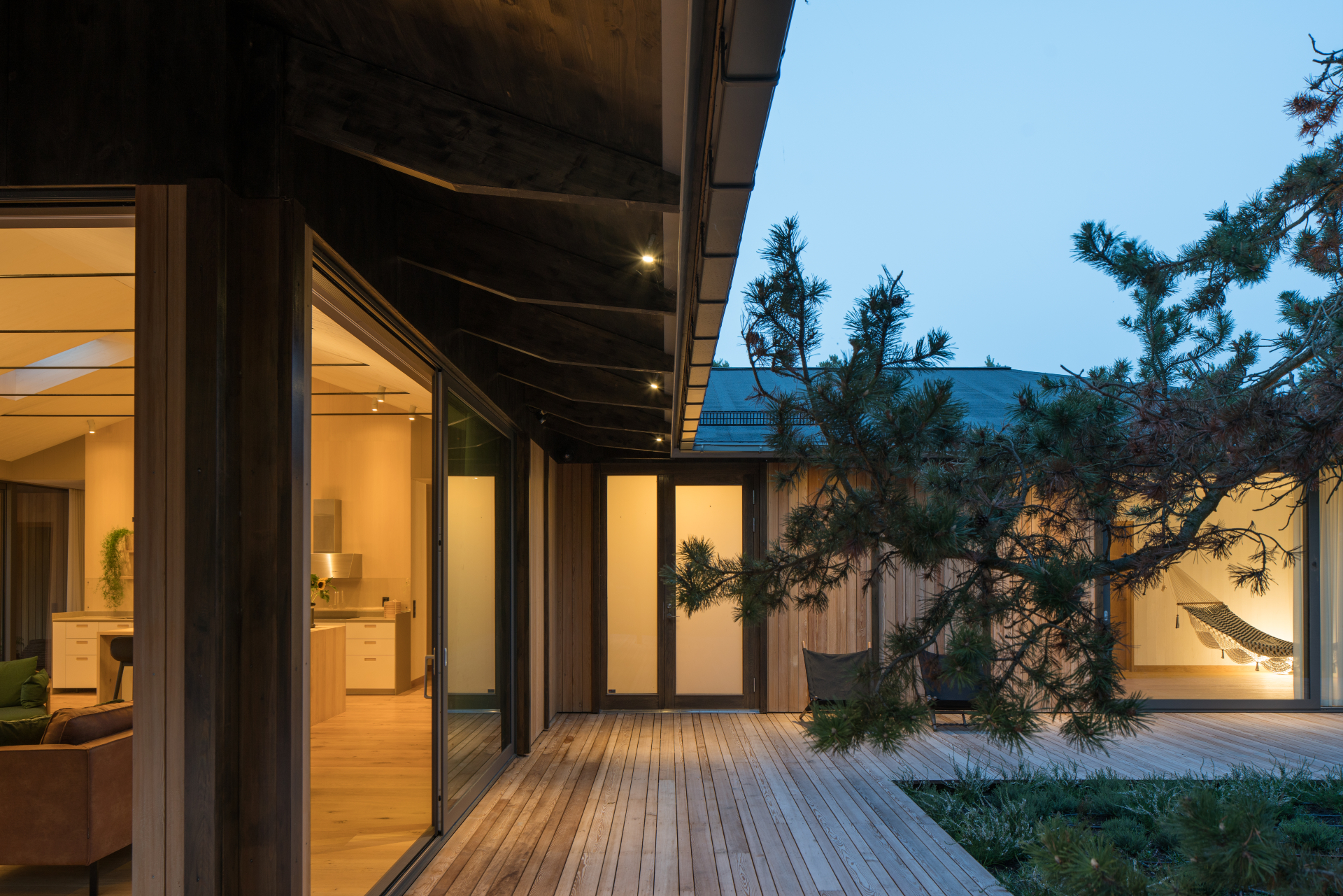
The design is based around a T-shape plan and a low volume.
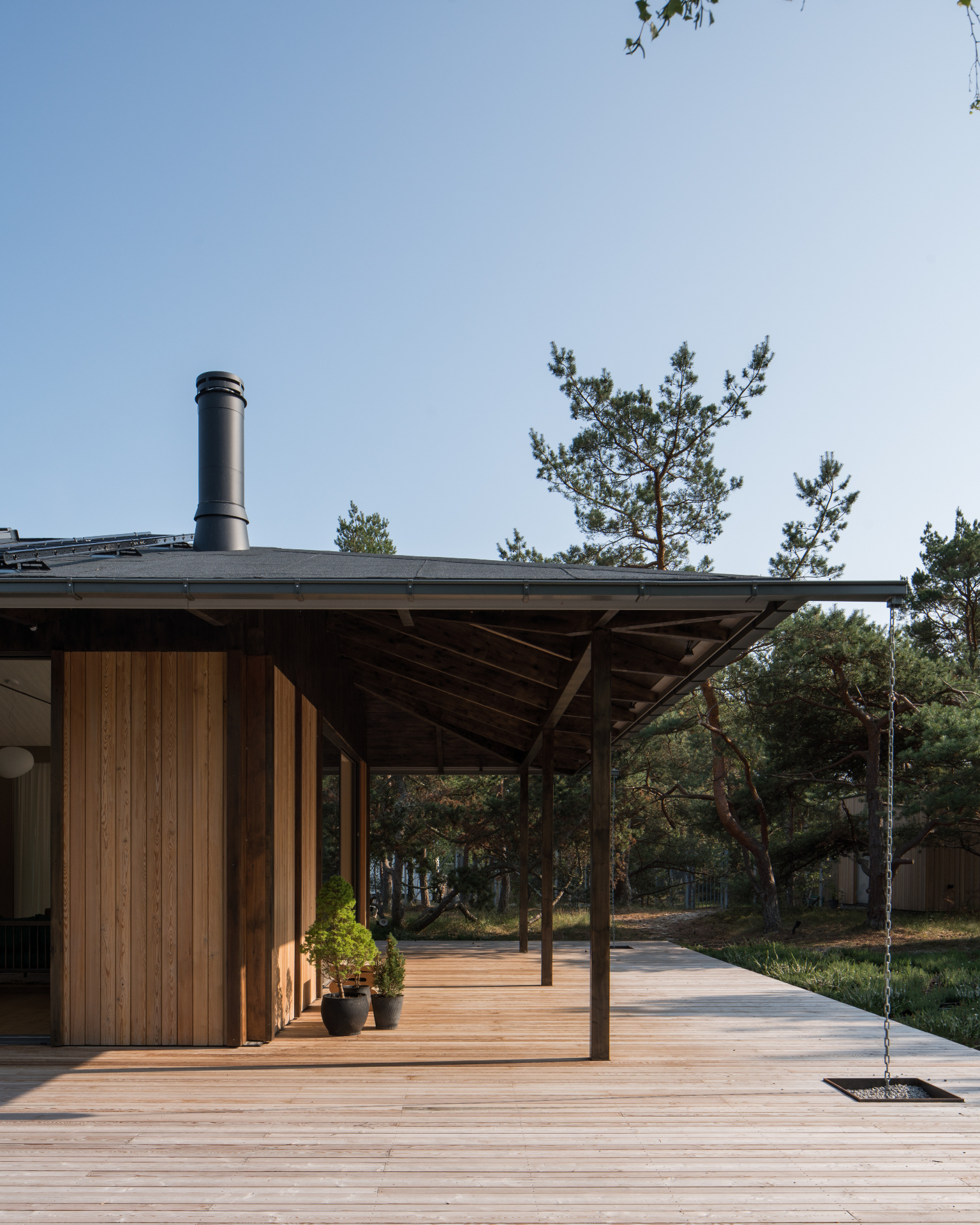
Pronounced eaves and terraces mean this house can be connected to the outdoors but also protected from weather.
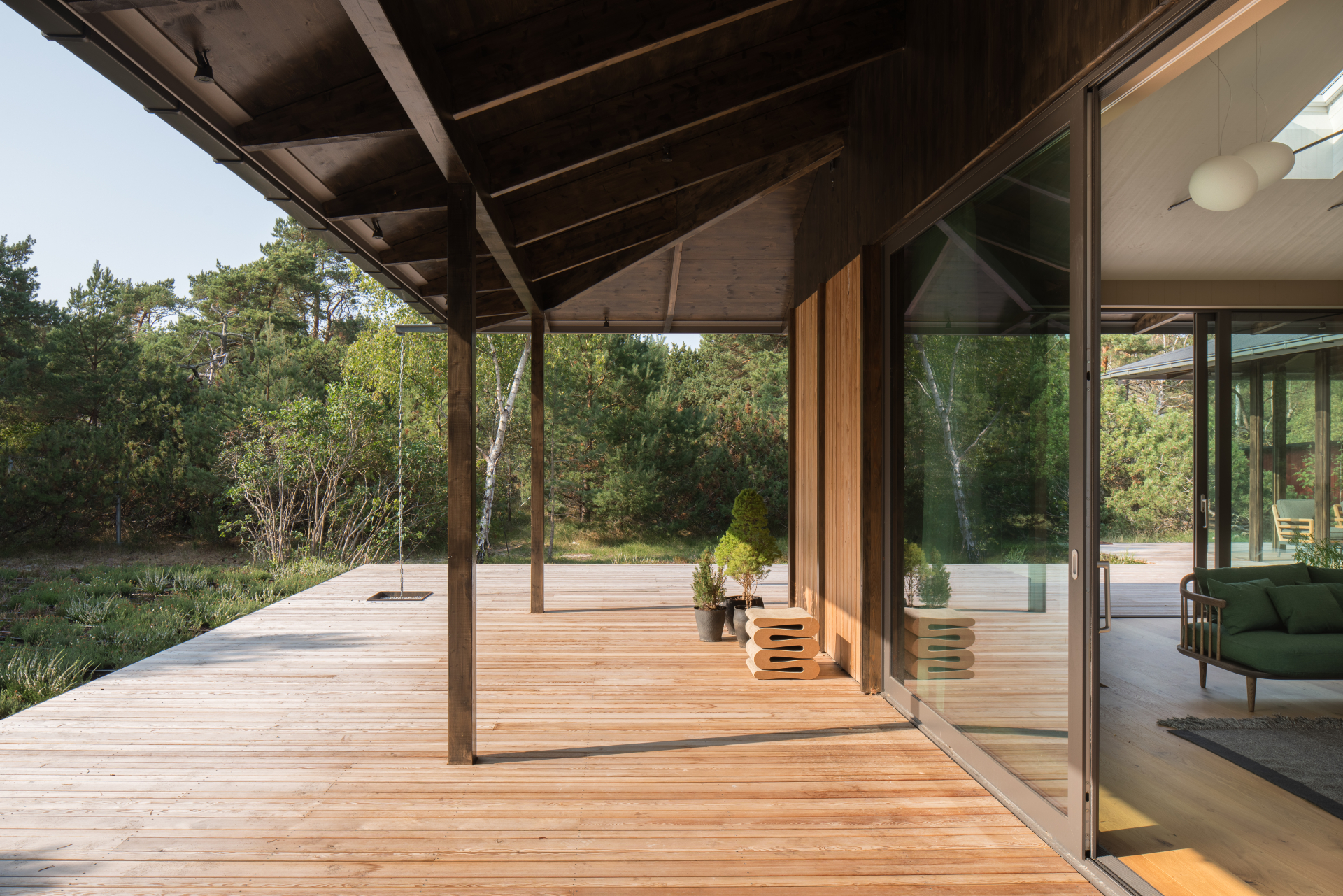
The pine forest surrounding the plot also helps, shielding the house from strong winds.
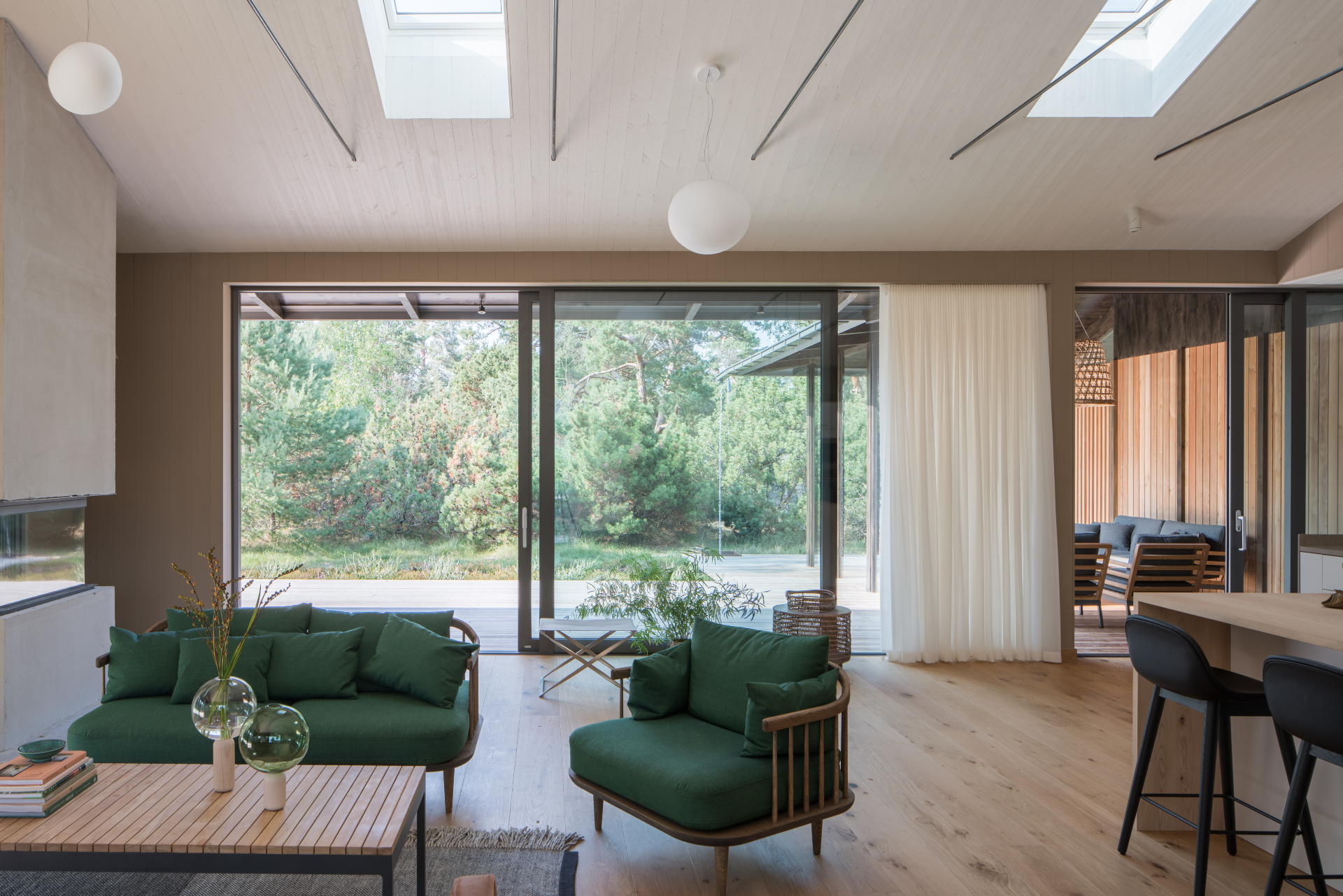
Inside, the spaces are open and filled with light.

Clean aesthetics and large openings make for a flowing and welcoming space.
INFORMATION
For more information visit the Johan Sundberg website
Receive our daily digest of inspiration, escapism and design stories from around the world direct to your inbox.
Daven Wu is the Singapore Editor at Wallpaper*. A former corporate lawyer, he has been covering Singapore and the neighbouring South-East Asian region since 1999, writing extensively about architecture, design, and travel for both the magazine and website. He is also the City Editor for the Phaidon Wallpaper* City Guide to Singapore.
-
 Robert Therrien's largest-ever museum show in Los Angeles is enduringly appealing
Robert Therrien's largest-ever museum show in Los Angeles is enduringly appealing'This is a Story' at The Broad unites 120 of Robert Therrien's sculptures, paintings and works on paper
-
 The Wallpaper* style team recall their personal style moments of 2025
The Wallpaper* style team recall their personal style moments of 2025In a landmark year for fashion, the Wallpaper* style editors found joy in the new – from Matthieu Blazy’s Chanel debut to a clean slate at Jil Sander
-
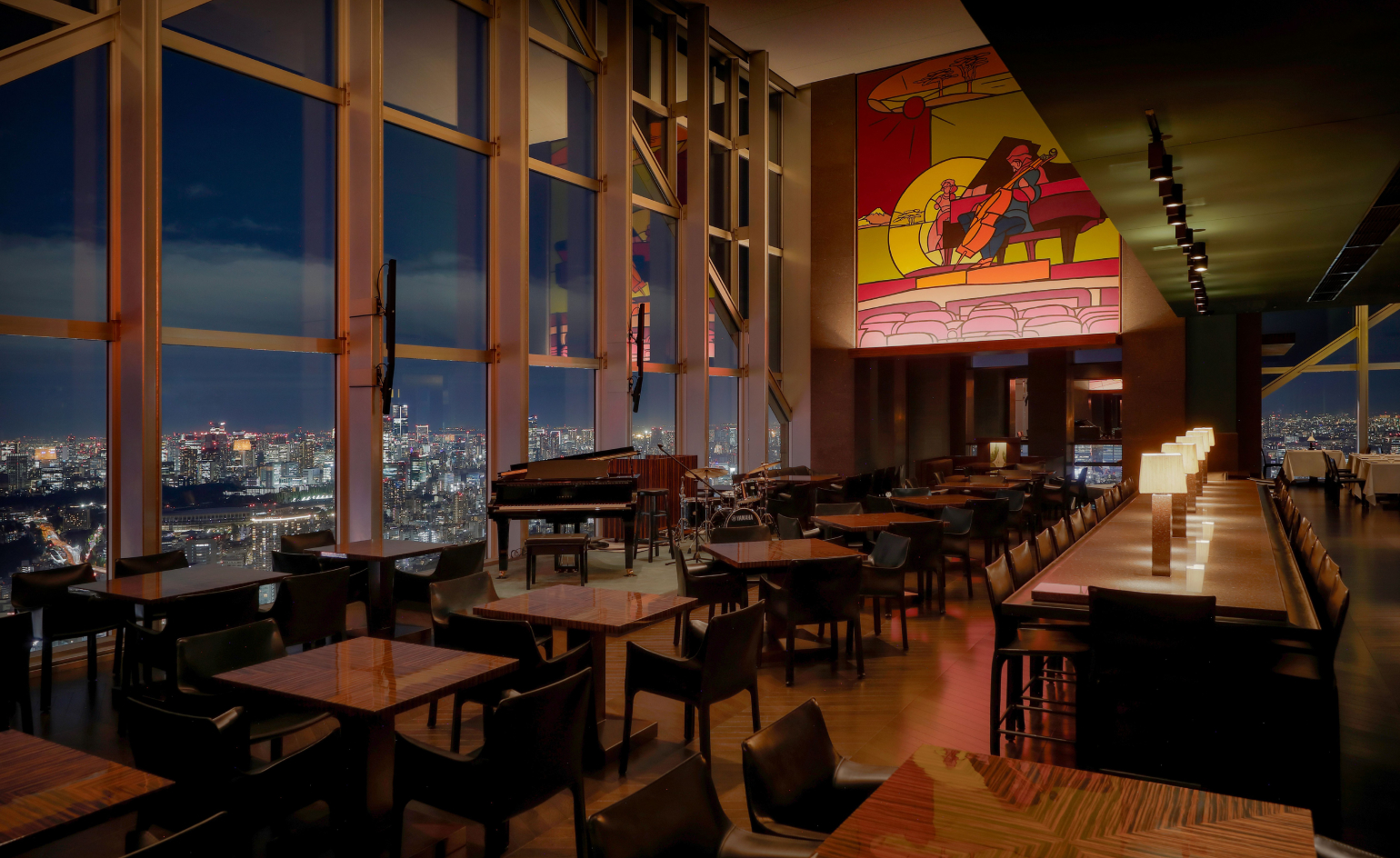 Tokyo’s most cinematic stay reopens as an exercise in architectural self-control
Tokyo’s most cinematic stay reopens as an exercise in architectural self-controlPark Hyatt Tokyo and Studio Jouin Manku demonstrate how design can evolve without erasing memory, balancing modernist heritage with contemporary comfort
-
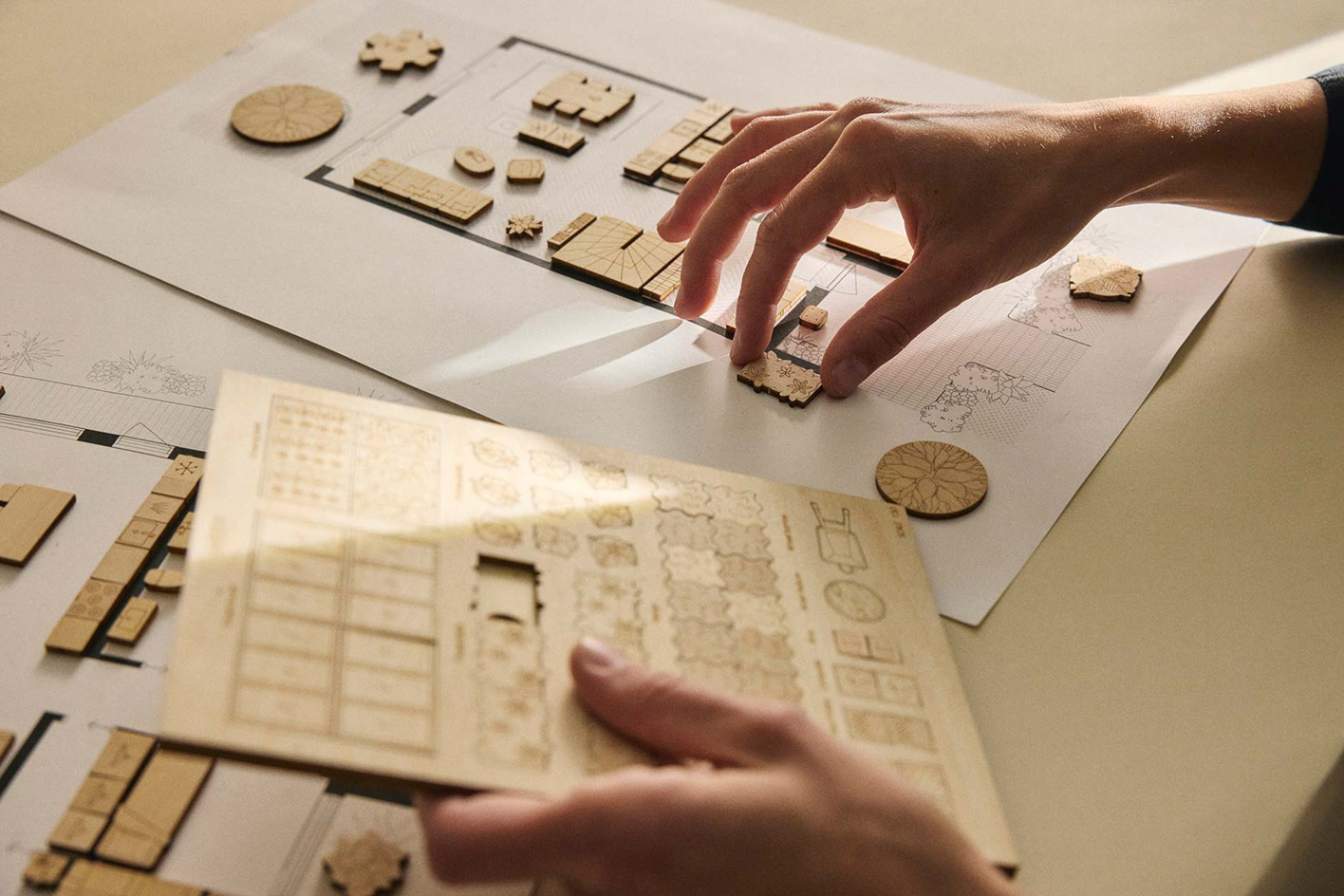 An analogue room planner kit makes designing your dream home a doddle
An analogue room planner kit makes designing your dream home a doddlePlanora, a new room planner option conceived by a team of three Swedish architects, is a beautifully produced, analogue tool to help conceptualise your new space
-
 This striking new vineyard is putting Swedish wine on the map
This striking new vineyard is putting Swedish wine on the mapBerglund Arkitekter completes a new home for Kullabergs Vingård in Sweden's verdant Skåne country
-
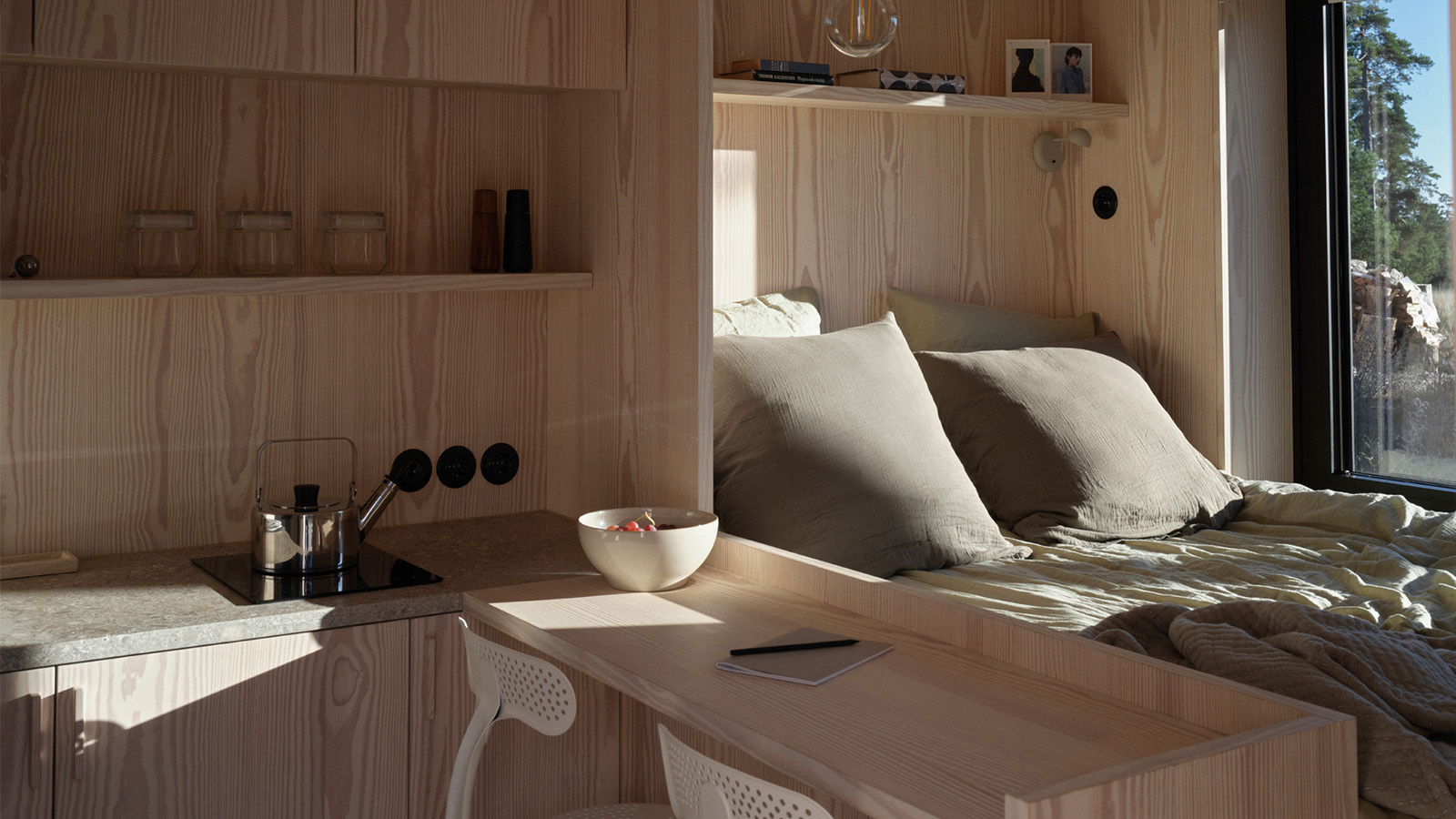 ‘Close to solitude, but with a neighbour’: Furu’s cabins in the woods are a tranquil escape
‘Close to solitude, but with a neighbour’: Furu’s cabins in the woods are a tranquil escapeTaking its name from the Swedish word for ‘pine tree’, creative project management studio Furu is growing against the grain
-
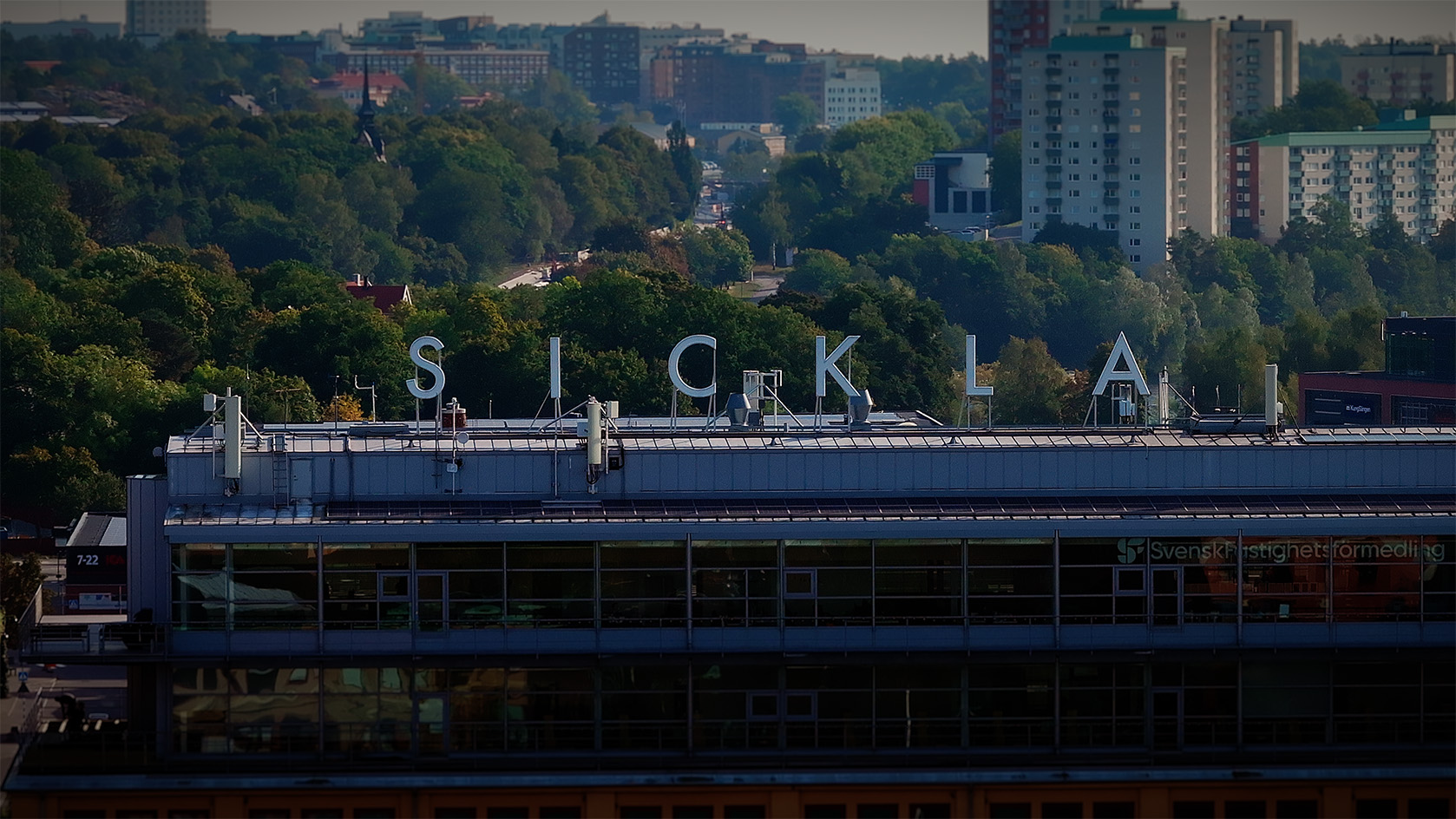 Stockholm Wood City: inside the extraordinary timber architecture project
Stockholm Wood City: inside the extraordinary timber architecture projectStockholm Wood City is leading the way in timber architecture; we speak to the people behind it to find out the who, what, why and how of the project
-
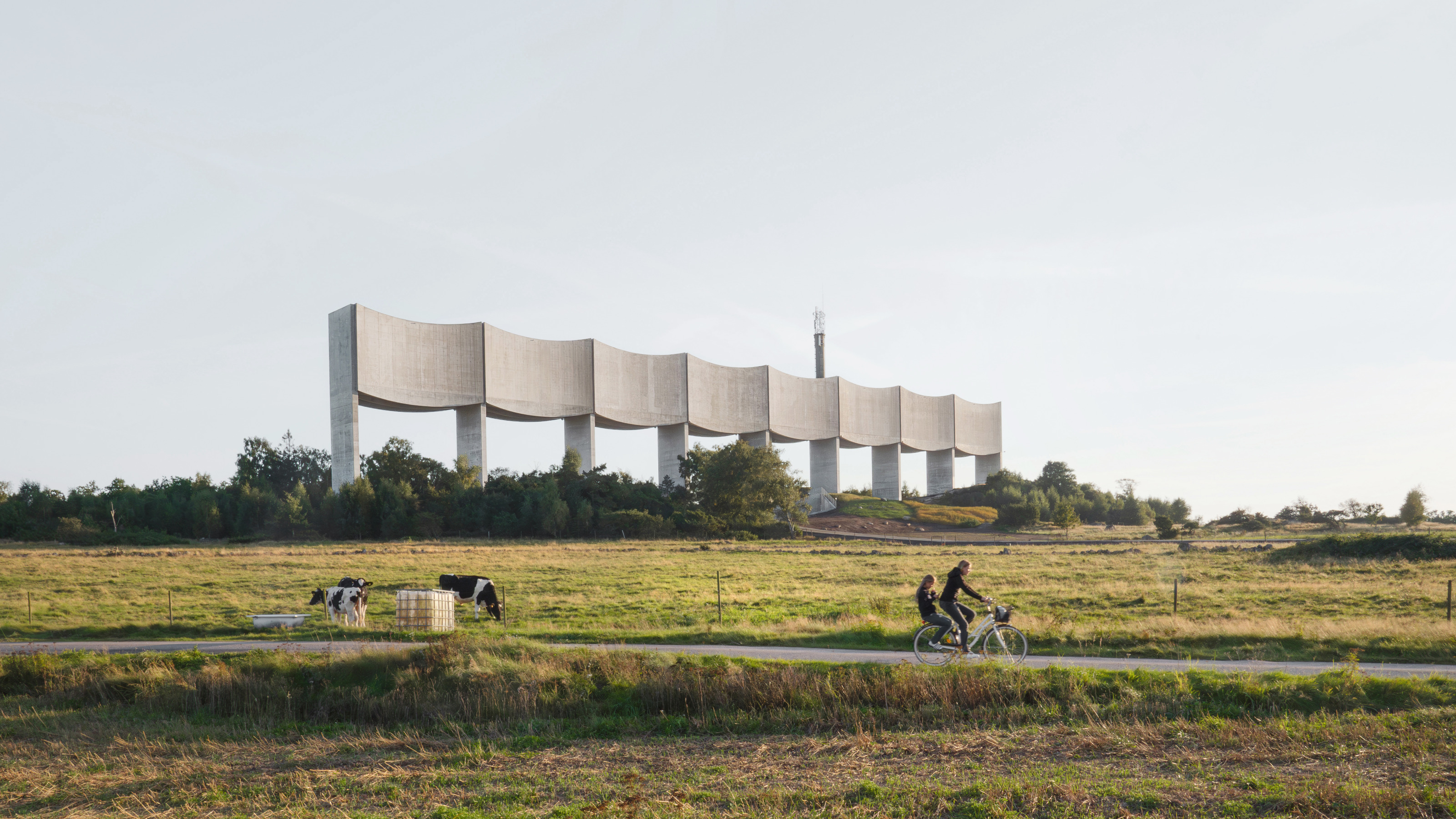 A bold new water tower by White Arkitekter strides across the Swedish landscape
A bold new water tower by White Arkitekter strides across the Swedish landscapeThe Våga Water Tower in Varberg is a monument to civil engineering, a functional concrete sculpture that's designed to last for centuries
-
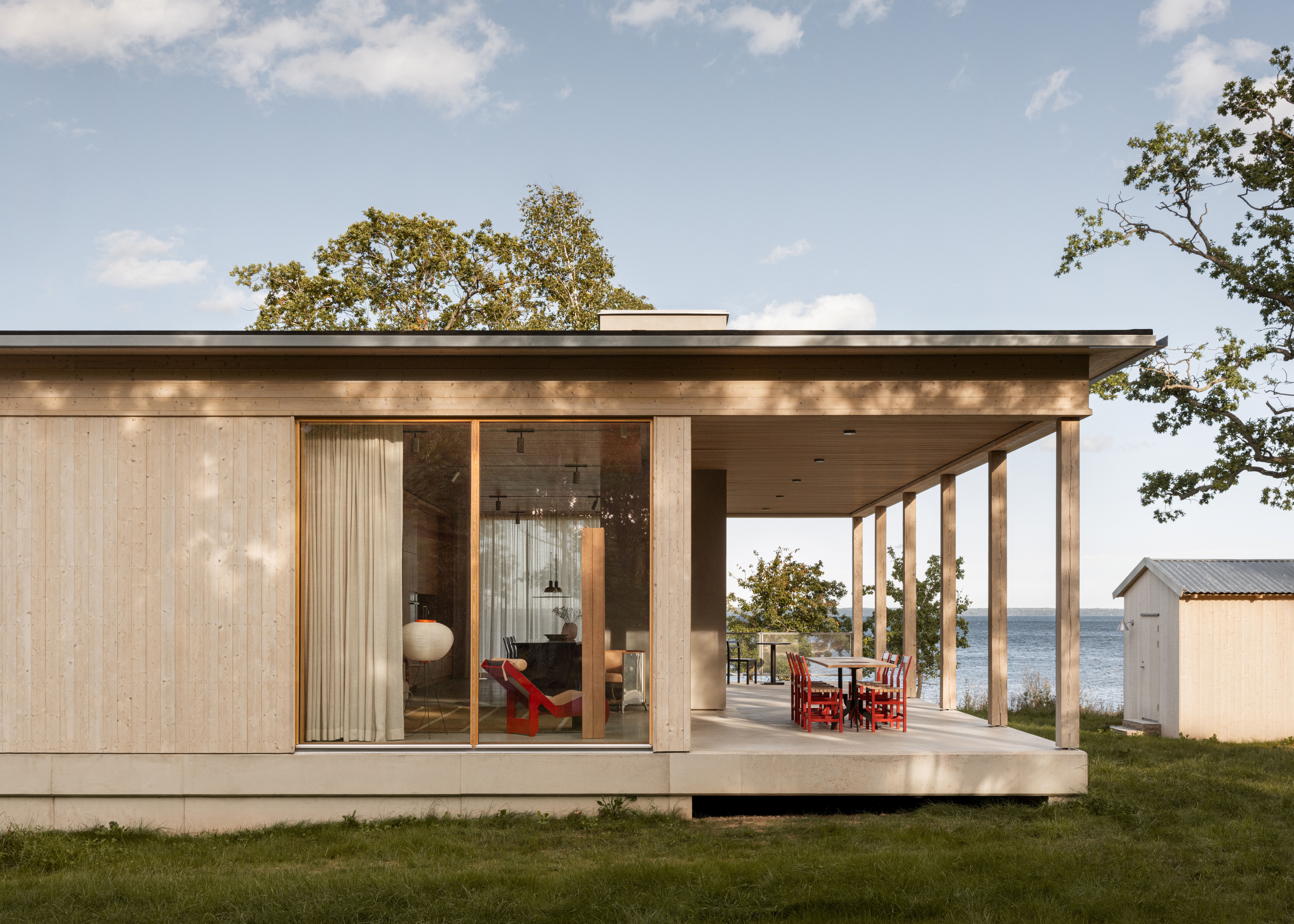 This Swedish summer house is a family's serene retreat by the trees and the Baltic sea
This Swedish summer house is a family's serene retreat by the trees and the Baltic seaHorsö, a Swedish summer house by Atelier Alba is a playfully elegant retreat by the Kalmarsund Sea and a natural reserve
-
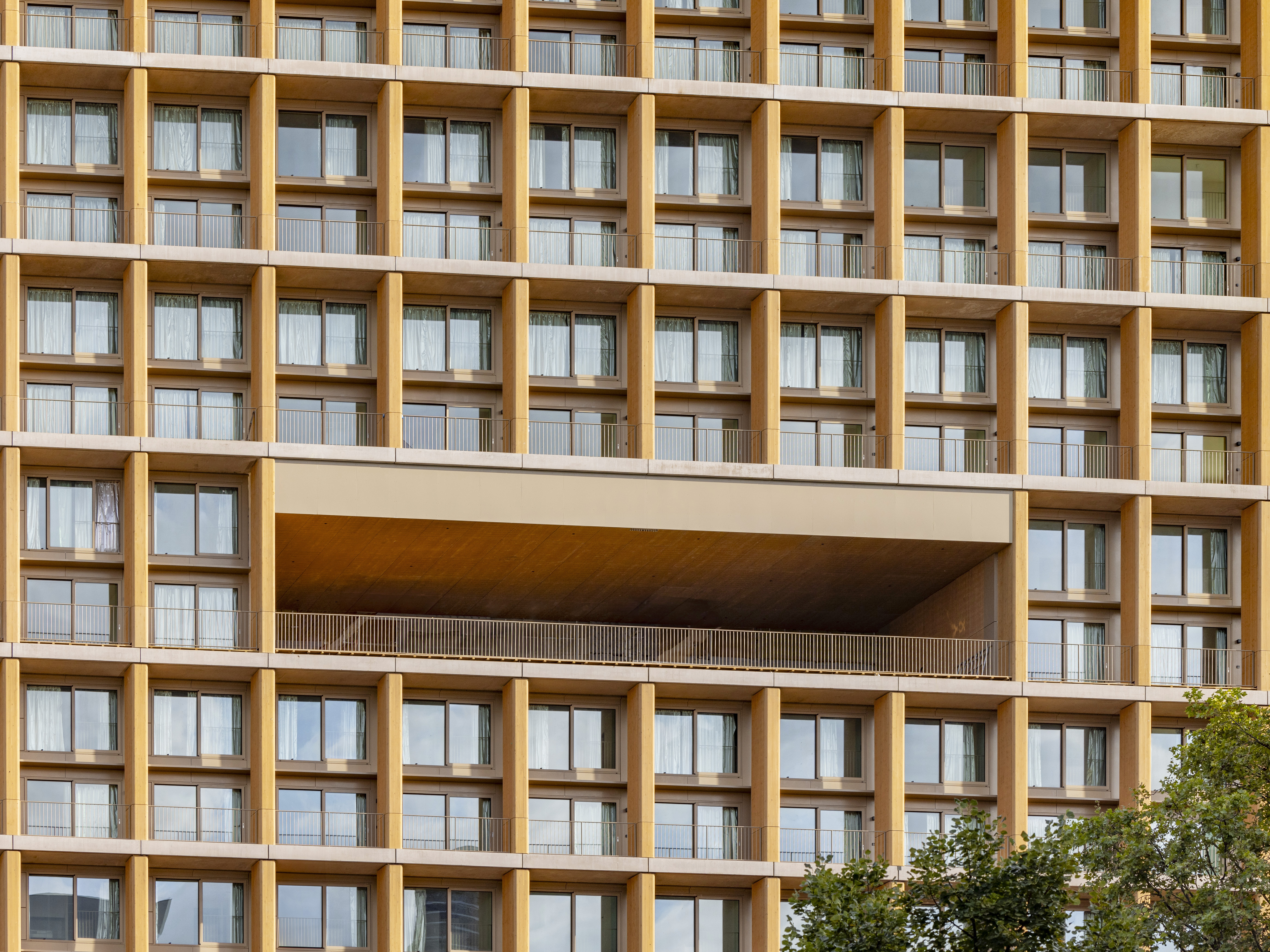 Explore wood architecture, Paris' new timber tower and how to make sustainable construction look ‘iconic’
Explore wood architecture, Paris' new timber tower and how to make sustainable construction look ‘iconic’A new timber tower brings wood architecture into sharp focus in Paris and highlights ways to craft buildings that are both sustainable and look great: we spoke to project architects LAN, and explore the genre through further examples
-
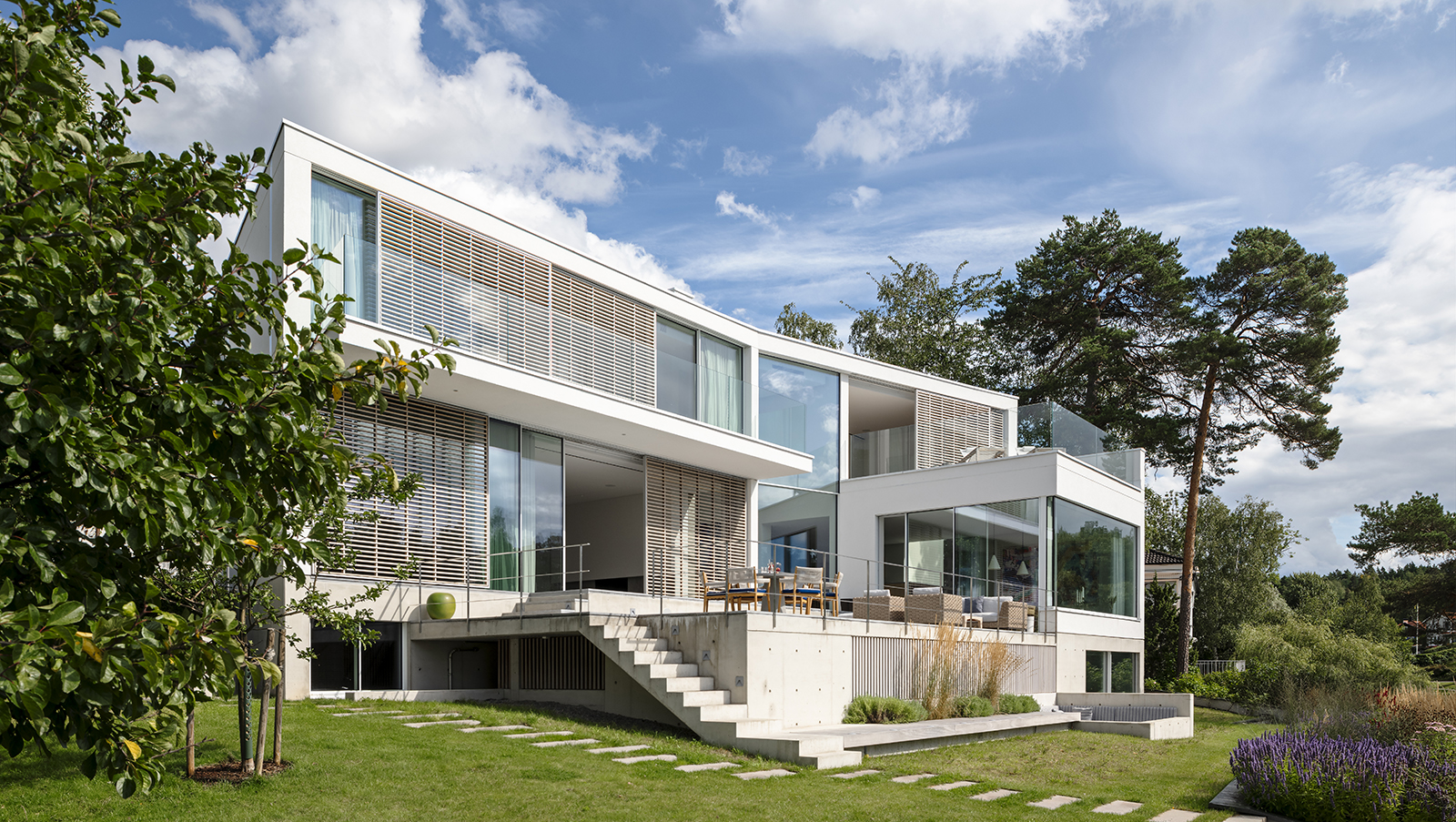 This Stockholm house cascades towards the Swedish seashore
This Stockholm house cascades towards the Swedish seashoreA private Stockholm house by Ström Architects makes the most of its natural setting, while creating a serene haven for its owners